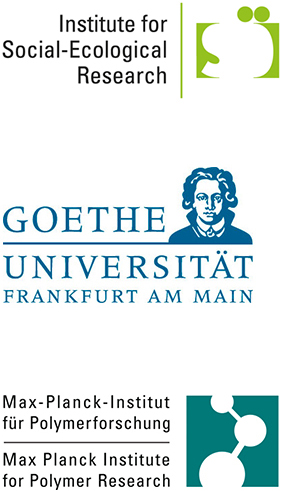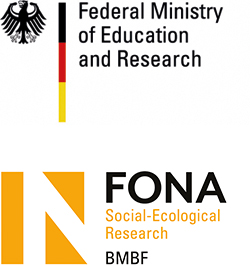Ecotoxicological Assessment of Plastics
Understanding the Impacts of Plastics on Ecosystems and Humans
Plastic products are an integral part of our everyday lives due to their many advantages, e.g. low-cost production and versatile applications. To obtain their specific properties, chemicals such as plasticizers, flame retardants, stabilizers, antioxidants and pigments are added. Besides these, the final product also contains other substances like impurities or side-products of processing. Most of these chemicals are not covalently bound to the polymer and can be released at all stages of the plastics life-cycle. Thus, they might end up in food in the case of food packaging, the air or natural environments, e.g. water bodies, if released into the environment. Whereas individual plastic chemicals, like bisphenol A or phatalate ester, have been thoroughly studied, a comprehensive analysis of plastic chemicals and their potential impact on humans and the environment is missing.
This sub-project looks at plastics and microplastics from an (eco)toxicological perspective. It analyses the composition and (eco)toxicological effects of plastic chemicals. Additionally, conclusions will be drawn for the risk assessment of (micro)plastics to estimate their impact on humans and/or the environment.
Aim
The aim of this sub-project is to analyze the mixture of chemicals, which are intentionally or unintentionally included in plastic products. On one hand, the mixture toxicity of plastic chemicals of different everyday products is tested using cell-based assays. On the other hand, the chemicals are analyzed using techniques of analytical chemistry. Questions to be answered include: What is the mixture toxicity of chemicals used in plastics? Does this toxicity depend on the polymer type or the product? Are “bioplastics” (made from renewable resources and/or biodegradable) safer than conventional plastics made from petroleum? Which chemicals are used in plastic? Can we identify them? Are they known toxicants? Additionally, using freshwater invertebrates, it is investigated whether microplastics have impacts on these organisms and whether they differ with the polymer type. Here, it is further studied whether the potential effects are caused by the plastic chemicals or the particular shape of the microplastics.
Methods
First, we review the scientific literature on the toxicity of (micro)plastics and its associated chemicals to humans, freshwater species as well as on risk assessment strategies. Based on the existing knowledge, laboratory studies are conducted to close knowledge gaps. These include cell-based assays, experiments with aquatic invertebrates as well as chemical analyses.
This sub-project is performed at the Department Aquatic Ecotoxicology at the Goethe University Frankfurt which is part of the PlastX group.
Lisa Zimmermann is working on this sub-project.




